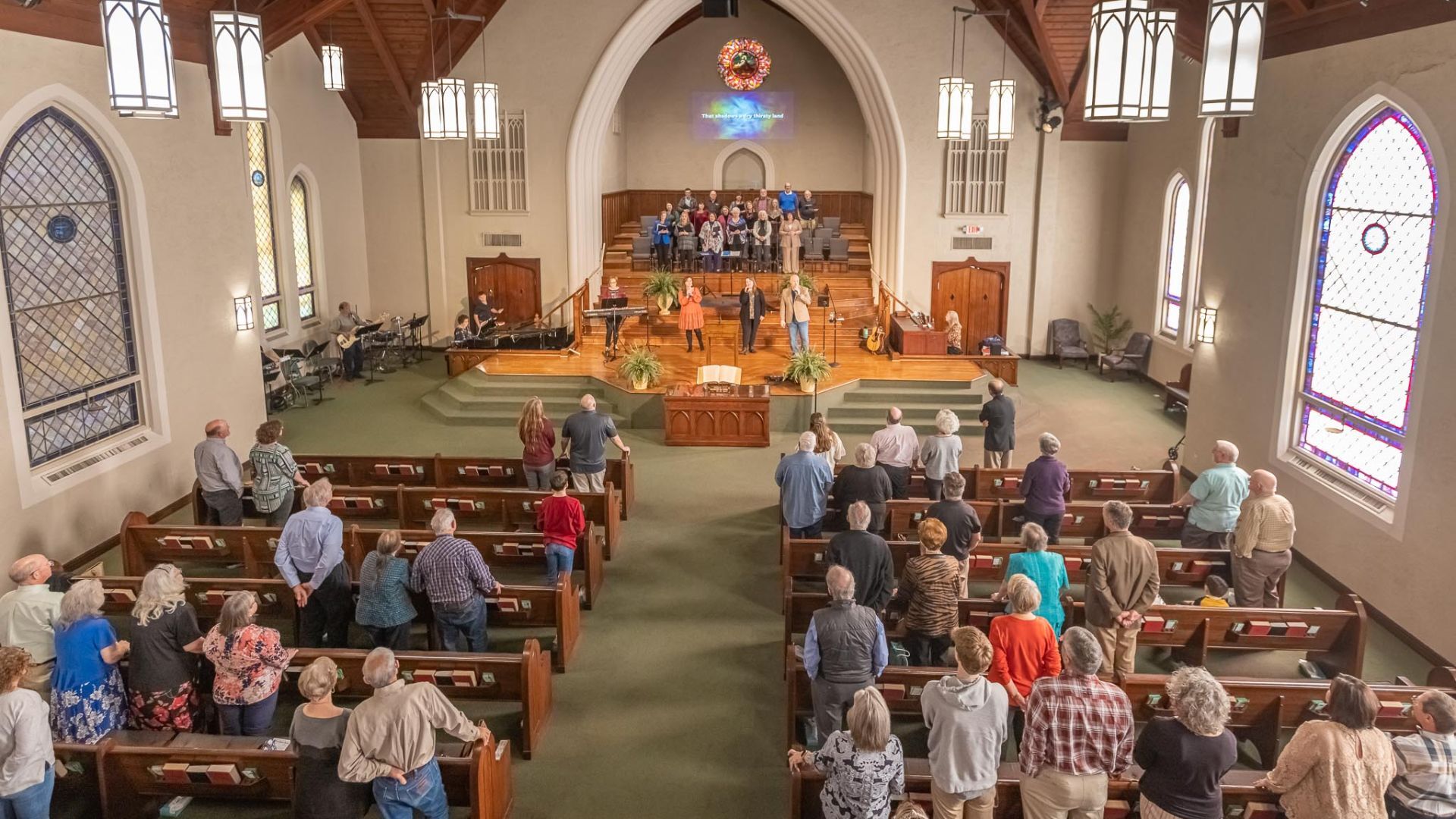The Myth of the Superhero Pastor: Shared Leadership in Churches
In the pursuit of strong leadership and powerful church staff, the notion of a superhero pastor who shoulders the entire mission of a church single-handedly has emerged. However, this model can lead to unnecessary pressure, stifling growth, and eventually burnout. It's time churches embraced a more sustainable, biblical approach: shared leadership.
The Perils of Solo Leadership
The superhero pastor model can seem appealing, but ultimately sets up a pastor for failure. Ministries were never designed to be a solo act; a church staff functions more dynamically as a team, not solely guided by a singular figure. This model tends to bottleneck growth and innovation, leaving churches vulnerable during transitions and discouraging the empowerment of other gifted leaders in the congregation.
The Case for Shared Leadership
Scriptures provide countless examples of shared leadership, from Moses and his elders to Jesus and his disciples and Paul's ministry with Barnabas and Timothy. There is significant value in empowering multiple voices and distributing responsibility. When churches equip teams, they prevent burnout and reach more people effectively. Shared authority, therefore, serves as a golden rule not just in staffing strategy but also as a spiritual discipline.
Signs You're Stuck in the Superhero Pastor Model
These are some clues that you might be caught in the superhero pastor leadership trap:
- You hesitate to delegate because it feels easier to do everything yourself.
- Your staff or volunteers feel disempowered or unclear about their authority.
- You're experiencing burnout or turnover creeping in behind the scenes.
Building a Healthy Culture of Shared Leadership
Transitioning to a shared leadership culture isn't about cobbling a team together and crossing your fingers. It will take intentional design, empathic coaching, and continual learning:
- Recruit and hire staff and volunteers with leadership potential, not merely to fill roles.
- Clarify decision-making lanes - who decides what, and when collaboration is mandatory.
- Celebrate diverse strengths among the team.
- Model shared leadership by handing off real authority, not just tasks.
Churches that fail to embrace shared leadership struggle with scaling and risk falling apart. The ones that build a leadership ecosystem around shared authority thrive, multiply, and show resilience. The stewardship of the mission is shared, and the risk of individual burnout is significantly reduced.
Don't sacrifice yourself for the illusion of a superhero pastor. Ministry is best done shoulder to shoulder, not loaded onto the shoulders of one.
For more insights on tackling the myth of the superhero pastor, tune in to today's Healthy Church Staff Podcast episode here.





